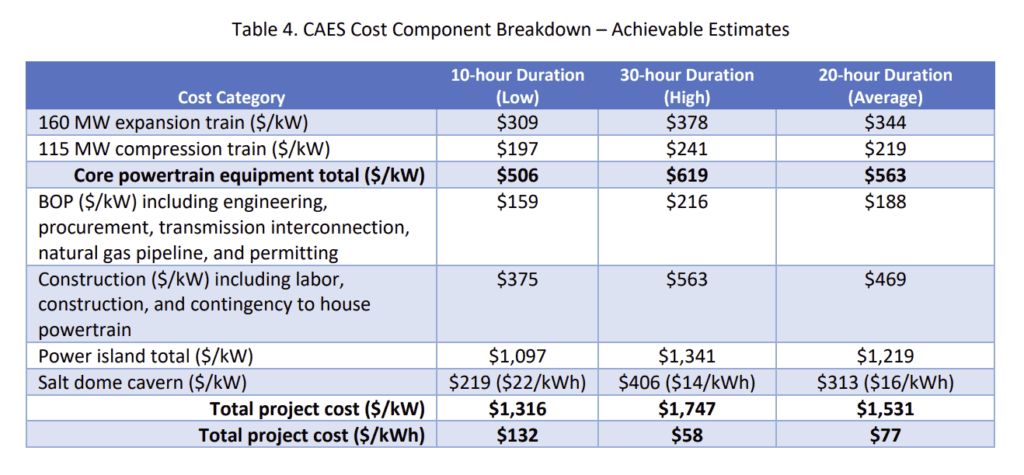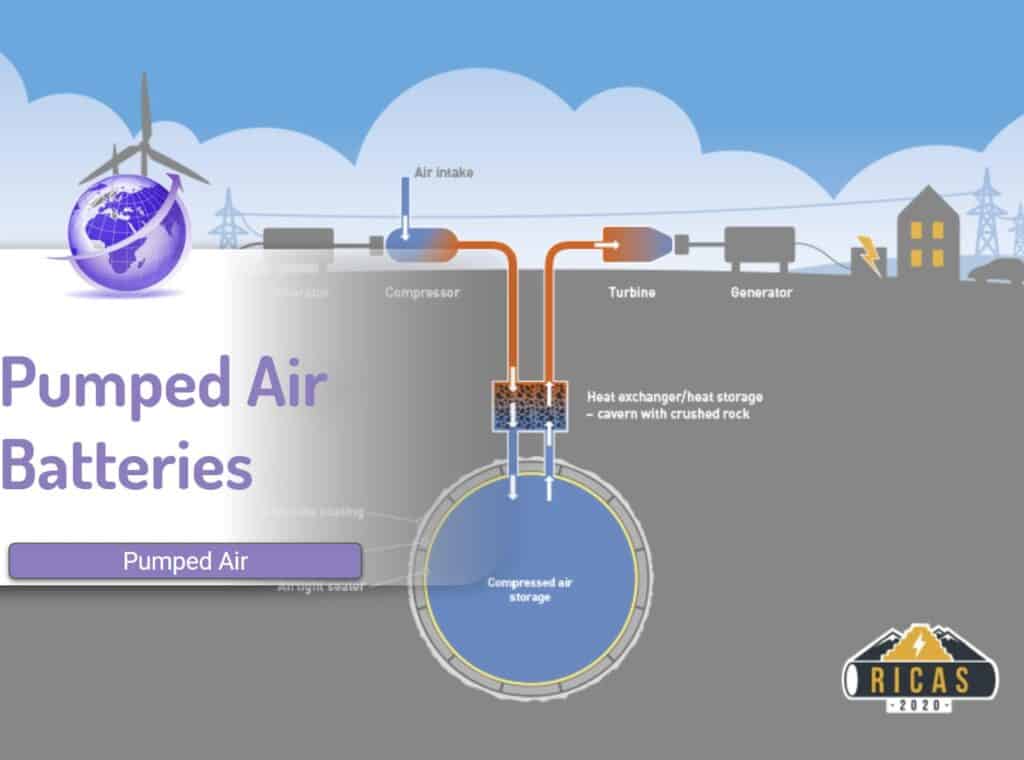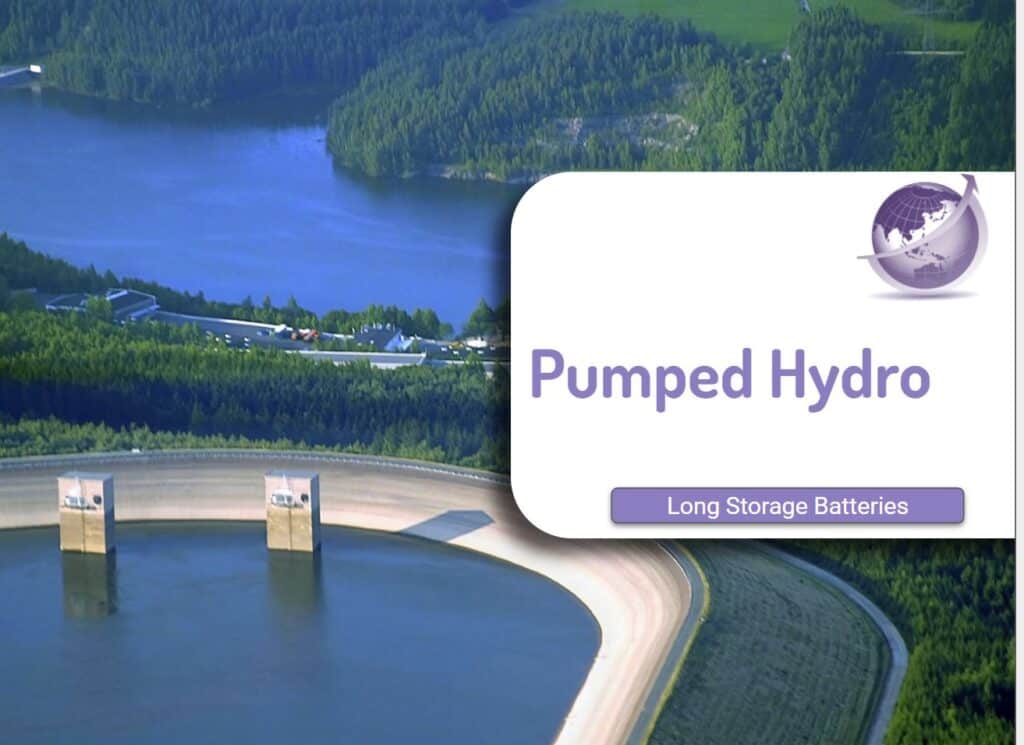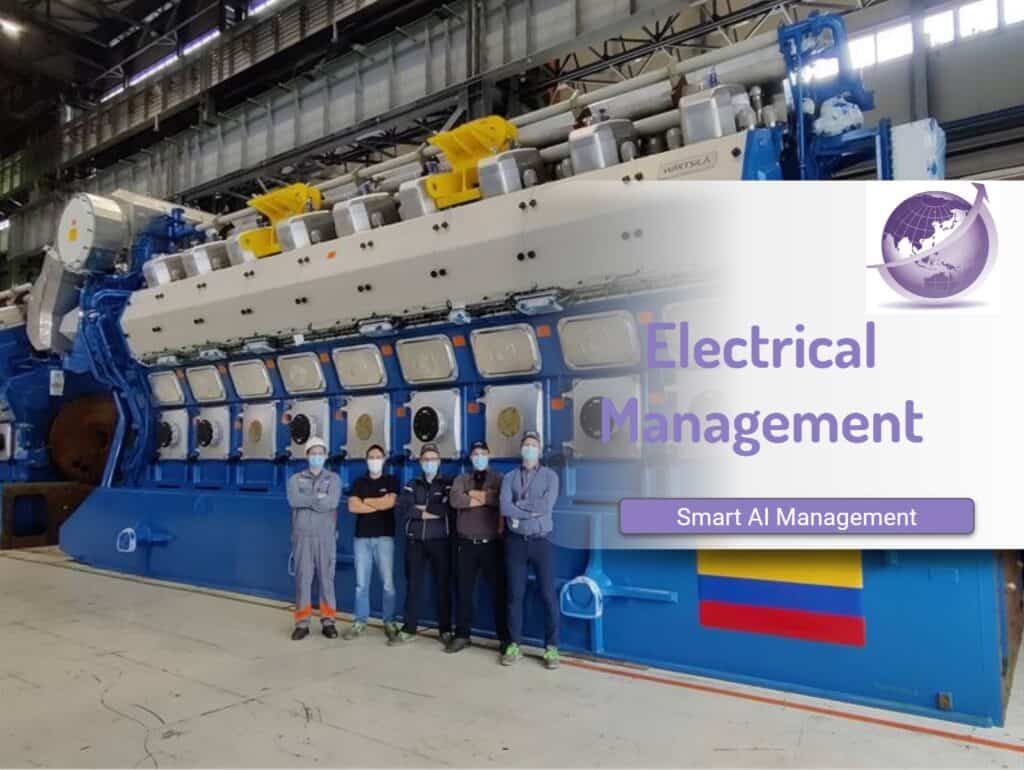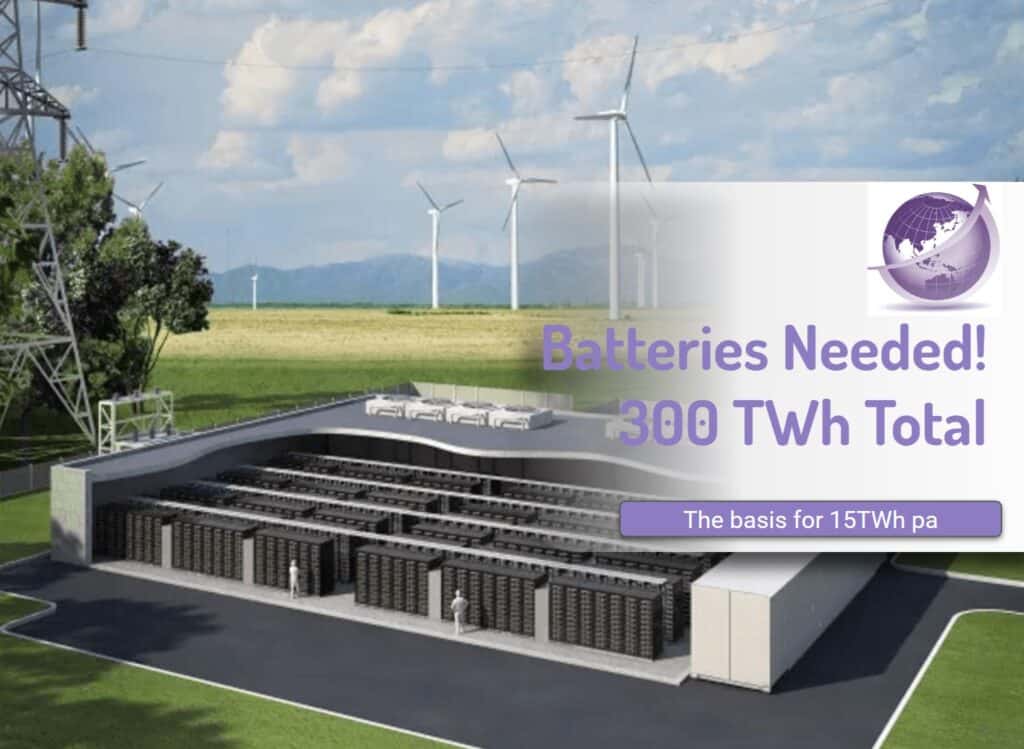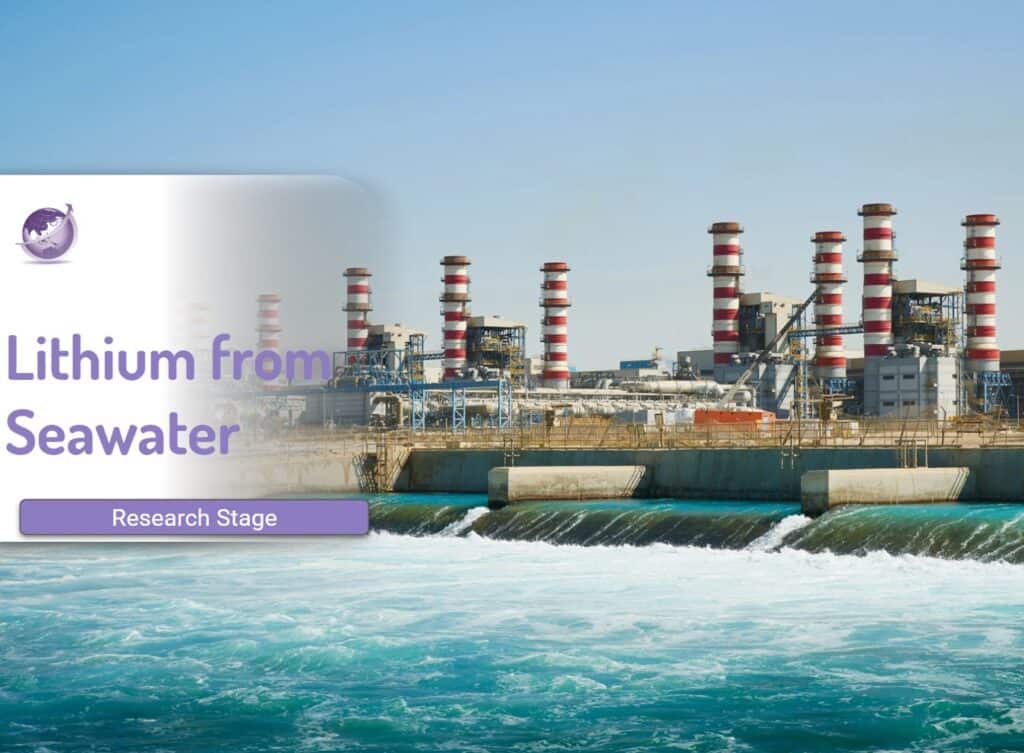Alternate battery technology to chemical energy includes gravity and compressed air battery technology. What is the probability that these may see commercial reality? Storage of energy as heat, and then used as heat are widely used in heat pumps and direct storage of energy, but these technologies take renewable energy and instead of converting through chemistry, rely on gravity or pressure.
For a look at heavy blocks using gravity check out the article on gravity batteries
Compressed Air Batteries
- Compressed air storage works on a similar theme to pumped hydro
- Abritrage uses low prices to “charge up” and store significant amounts of energy.
- Compresses air in suitable caverns, the type that can be found in old mines.
Hydrostor’s has A-CAES technology. They claim storage for a Broken Hill project in Australia up to 1,500MWh. This would supply the town for days or even weeks.
Hydrostor announced in Jan 2022
- it had secured a preferred equity financing commitment of $US250 million from Goldman Sachs
- 1.1GW in Australia
- 8.7GWh California.
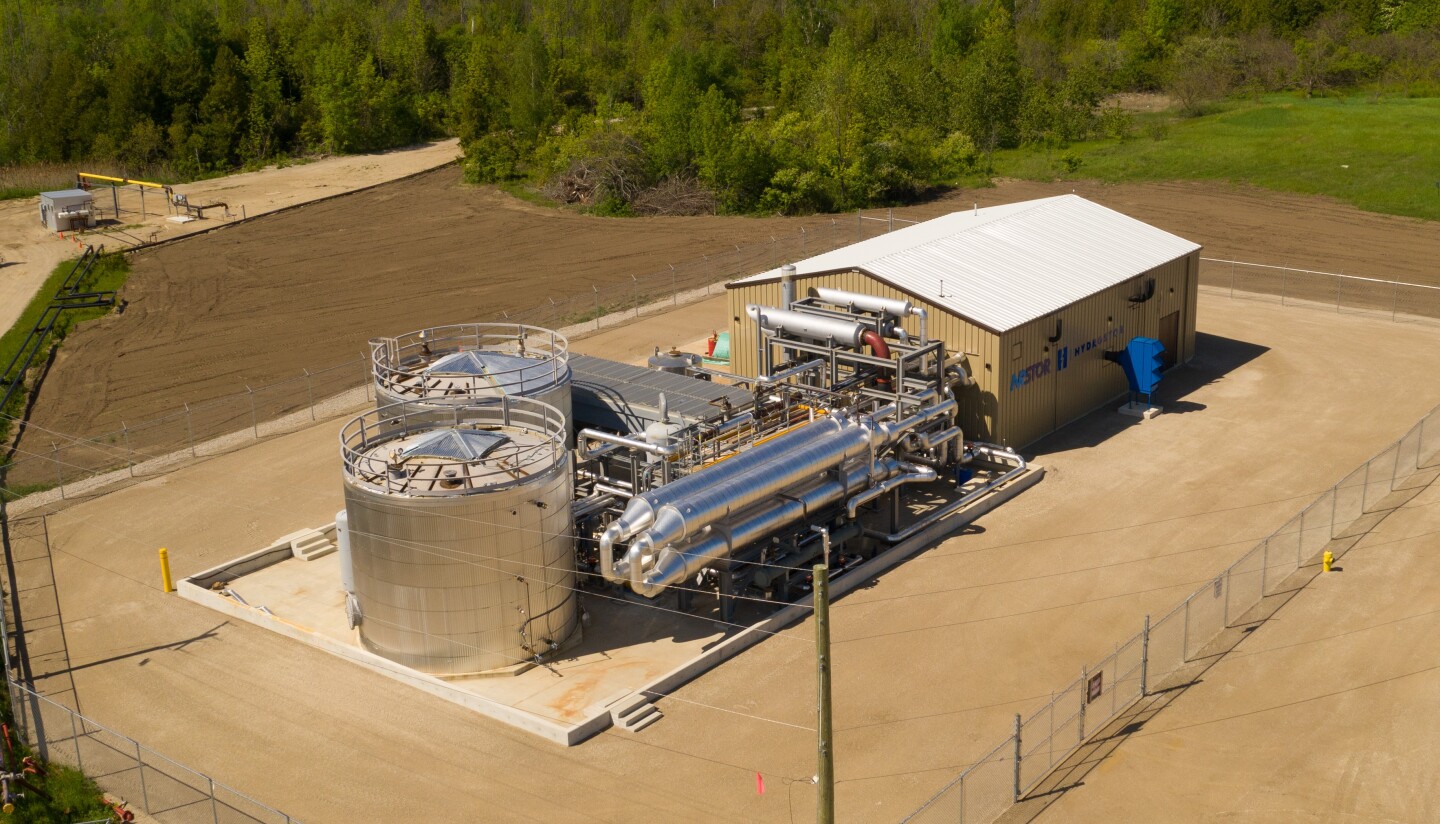
Warning: Much hype. (See AFR) Some of the world’s biggest participants in the decarbonisation journey – Saudi Aramco, BHP and now Korea Zinc indicate support.
The Switzerland company claims a potential $US32 billion ($44.6 billion) of projects over the next five-10 years.

Pumped Hydro is an alternate battery technology
For a full discussion check out this article on pumped hydro. The key metrics for pumped hydro is the head height (300 m or more) and the volume of water available.
Cost of Compressed Air Battery (CAES)
Report: 2020 Grid Energy Storage Technology Cost and Performance Assessment
